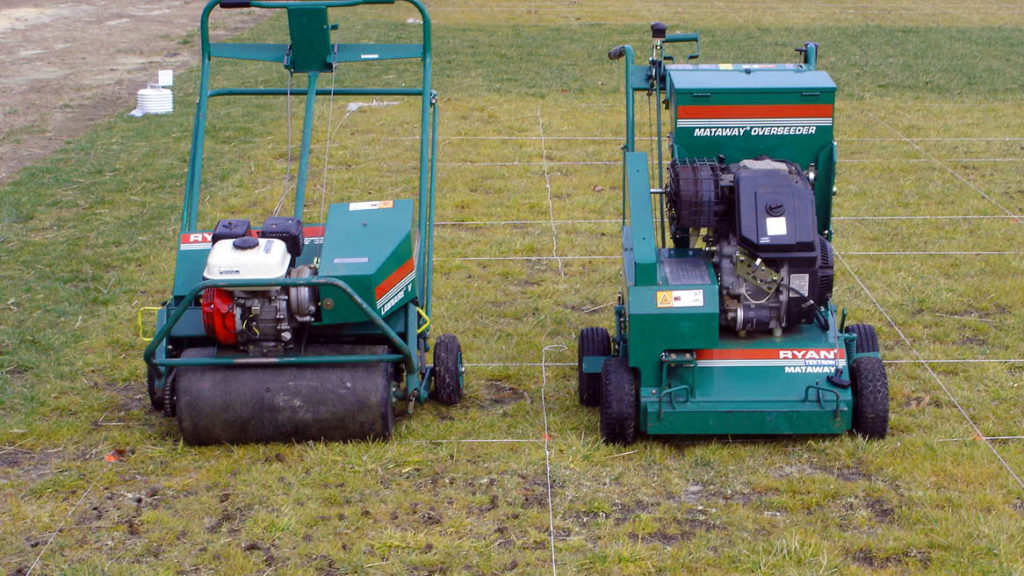What Is the Difference Between a Slit Seeder and a Core Aerator?
go.ncsu.edu/readext?465459
en Español / em Português
El inglés es el idioma de control de esta página. En la medida en que haya algún conflicto entre la traducción al inglés y la traducción, el inglés prevalece.
Al hacer clic en el enlace de traducción se activa un servicio de traducción gratuito para convertir la página al español. Al igual que con cualquier traducción por Internet, la conversión no es sensible al contexto y puede que no traduzca el texto en su significado original. NC State Extension no garantiza la exactitud del texto traducido. Por favor, tenga en cuenta que algunas aplicaciones y/o servicios pueden no funcionar como se espera cuando se traducen.
Português
Inglês é o idioma de controle desta página. Na medida que haja algum conflito entre o texto original em Inglês e a tradução, o Inglês prevalece.
Ao clicar no link de tradução, um serviço gratuito de tradução será ativado para converter a página para o Português. Como em qualquer tradução pela internet, a conversão não é sensivel ao contexto e pode não ocorrer a tradução para o significado orginal. O serviço de Extensão da Carolina do Norte (NC State Extension) não garante a exatidão do texto traduzido. Por favor, observe que algumas funções ou serviços podem não funcionar como esperado após a tradução.
English
English is the controlling language of this page. To the extent there is any conflict between the English text and the translation, English controls.
Clicking on the translation link activates a free translation service to convert the page to Spanish. As with any Internet translation, the conversion is not context-sensitive and may not translate the text to its original meaning. NC State Extension does not guarantee the accuracy of the translated text. Please note that some applications and/or services may not function as expected when translated.
Collapse ▲You can see on the left the core aerator actually pulls soil cores out of the ground. As a result it is much better at relieving compaction than a slit-seeder. As a result, it is commonly used by landscapers for seedbed preparation during fall over-seeding. They then come behind it with a broadcast spreader to apply their seed and fertilizer.
The slit-seeder is on the right. Instead of taking a core, it has disks on the back that crimp a “slit” into the ground. The hopper on the top is full of seed which is fed through tubes down into the slits where a roller behind it rolls it in. Its main benefit is that it is a one-pass method which saves time and labor. It is also very useful on slopes because it places the seed in the ground where otherwise you may have to worry about broadcasted seed washing away.
I would say slit-seeding is more of a specialty service that some landscapers offer where aeration is much more commonly done. They are both very effective though.



